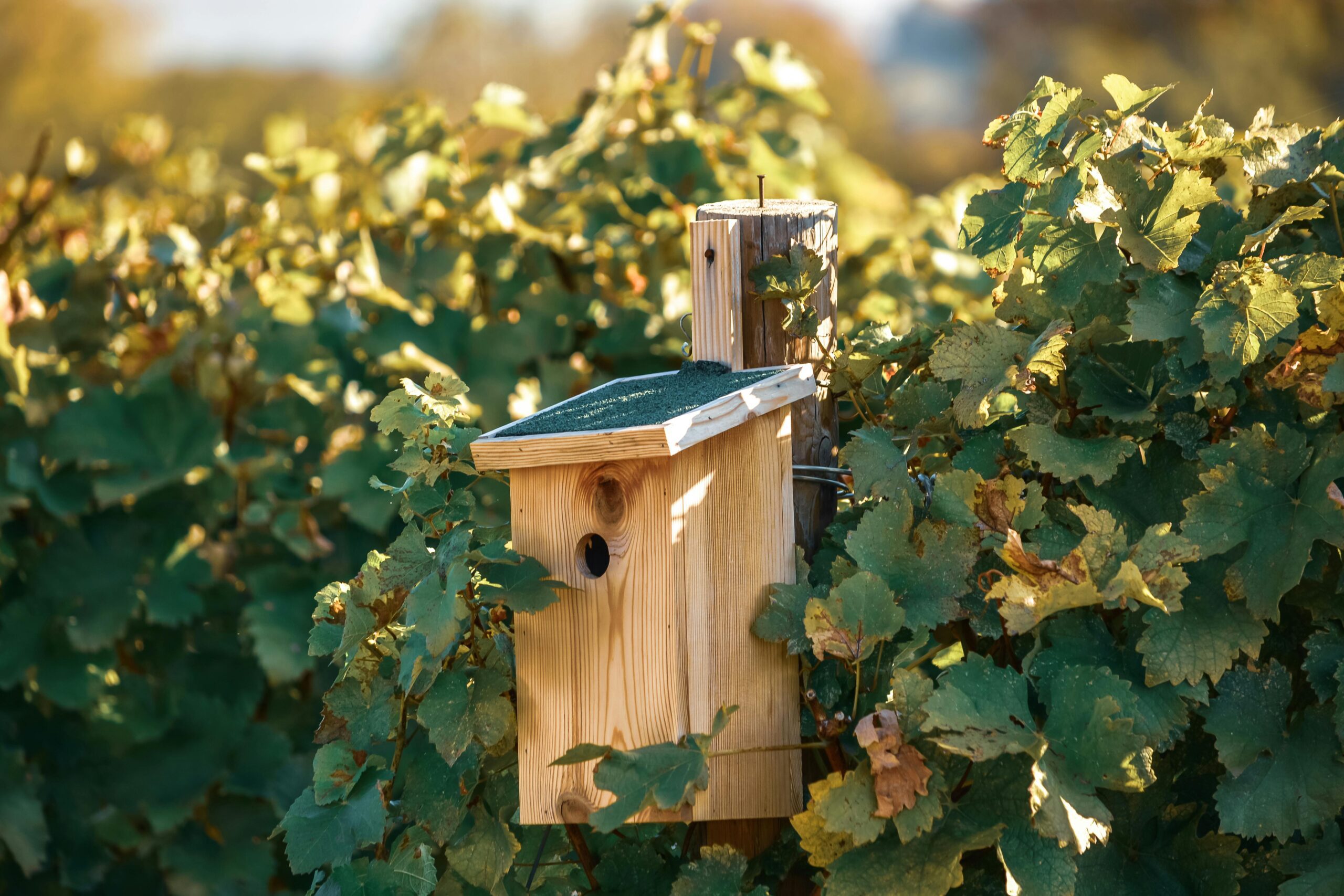Sets your sights on these green hubs to witness and marvel at a diverse range of avian species in their natural habitats.
Mumbai, a bustling metropolis, transforms a haven for birding enthusiasts during the flamingo season/ From October to May, thousands of flamingos migrate from the Rann of Kutch in Gujarat to the city’s wetlands offering onlookers a mesmerizing spectacle. Here are some of the top spots frequented by these vibrant visitors:
PINK PARADISE:
Situated along the western bank of Thane creek, the flamingo sanctuary in the city encompasses mangroves and waterbodies. “This sanctuary is a crucial habitat for both greater and lesser flamingos, alongside 167 other bird species. The best time to witness flamingos here is from late February to May, when their numbers peak. Visitors can embark on boat rides through the mangroves, offering close encounters with these birds.”
Watching the sunrise as flamingos take flight is a spectacle to behold. “Apart from flamingos, there are other birds you can spot here too.”
BIRDWATCHING AT ITS BEST:
Located near Sewri, the mudflats are known to attract large flocks of flamingos every year. “They provide a rich feeding ground, making it a favored spot for these migratory birds. I have visited the place several times, and the best time to observe them is during low tide when they come closer to the shore. Access is convenient, with the site situated about a kilometer away from Sewri railway station.”
“Thousands of flamingos can be seen along the stretch from Thane creek to Sewri jetty, which is around 15 to 20 kms long. It’s truly a sight to behold.”
BEYOND FLAMINGOS:
When flamingos are a major attraction, Mumbai boasts several other bird-watching spots rich in avian diversity. One such place is the Bhandup pumping station, a diverse landscape comprising salt pans, grasslands, lakes, mangroves, and creeks. It is a haven for numerous bird species and a favorite among birdwatchers. “It is truly one of the city’s best-kept secrets. Its diverse landscapes make it a haven for various species.” Another notable location is the national park in Borivali. “This reserve is home to around 200 bird species, including jungle owlets, golden orioles, and various sunbirds and woodpeckers. The park’s diverse ecosystems ensure year-round opportunities for bird-watching.”
For t hose willing to venture a little further, the bird sanctuary in Karnala, located approximately 60 kms from Mumbai, is a must-visit. With over 222 bird species, it is an excellent spot for observing both resident and migratory birds. Additionally, the Panje-Dongri wetlands in Uran, Navi Mumbai, serve as an important habitat for migratory birds, including lesser sand plovers, curlew sand-pipers, and both greater and lesser flamingos. These wetlands provide a serene environment for bird-watchers and nature enthusiasts alike.
Be it within the city or along its periphery, Mumbai offers a rich and diverse birdwatching experience that extends far beyond flamingos.





